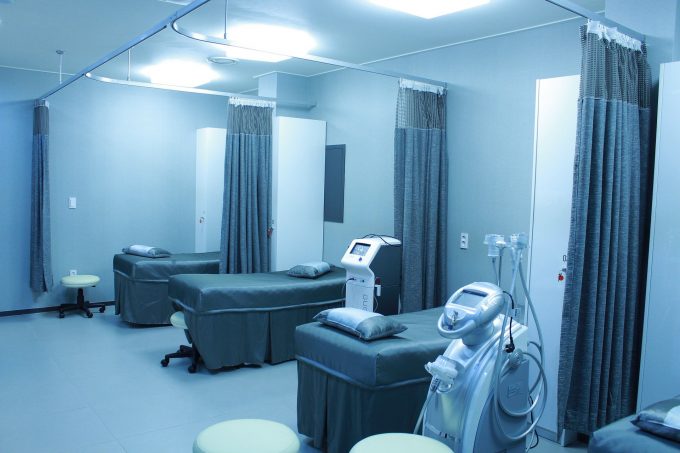Hospitals are loaded with surveillance cameras throughout the hospital, including the triage department. With a carefully worded preservation letter, the surveillance video can be a treasure trove for plaintiff’s lawyers.
Case in point: recently, I conducted a deposition of a target defendant/ER physician. The defendant physician documented a thorough and complete physical examination, and testified that the patient appeared perfectly normal on all counts.
Then, I played the video of the triage assessment that lasted 5 ½ minutes. During the “triage assessment”, the defendant physician was noticeably distracted and hardly paid attention to the patient. Even worse, the defendant physician did not conduct even the most basic physical examination.
The Power of Surveillance Video
The surveillance video proved, beyond any question, that the defendant physician did not conduct a physical examination, lied in the documentation of the medical records, and committed insurance fraud by billing for services that were not performed.
The chairperson of the emergency department testified that the defendant physician committed insurance fraud by charging for services that were never performed.
Video surveillance has the power to prove your case and in my view, should be demanded and preserved as soon as you are retained.
The industry standard for preserving surveillance video is 30-45 days in hospitals. However, even after the surveillance video has been overwritten, most hospitals archive the video.
How to Preserve Surveillance Video
The preservation letter should be served by hand-delivery or via certified mail, return receipt requested. If the preservation letter is hand-delivered, the courier must obtain a signature from the recipient acknowledging receipt of the letter. For corporate defendants, the preservation letter should be served upon the corporation’s risk management department as well as their legal counsel.
Step #1: Identify as precisely as possible what the evidence is, e.g., “any and all surveillance video from the emergency department’s triage department, including the intake area, registration area and lobby and waiting rooms, on October 17, 2019 between 3:30 p.m. and 5:00 p.m.”
Step #2: Use the preservation language set forth below to make it clear that the destruction or loss of the evidence will have severe consequences for the potential defendant.
Language for Your Preservation Letter
“If any of the above evidence exists, and you fail to maintain the same until the disposition of this claim, it will be assumed that you have intentionally destroyed and/or disposed of evidence.”
“Please be advised that you are not permitted and are in no position to decide what evidence our client would like to review for this case. Accordingly, discarding any of the above evidence will lead to any adverse inference against you in this matter.”
